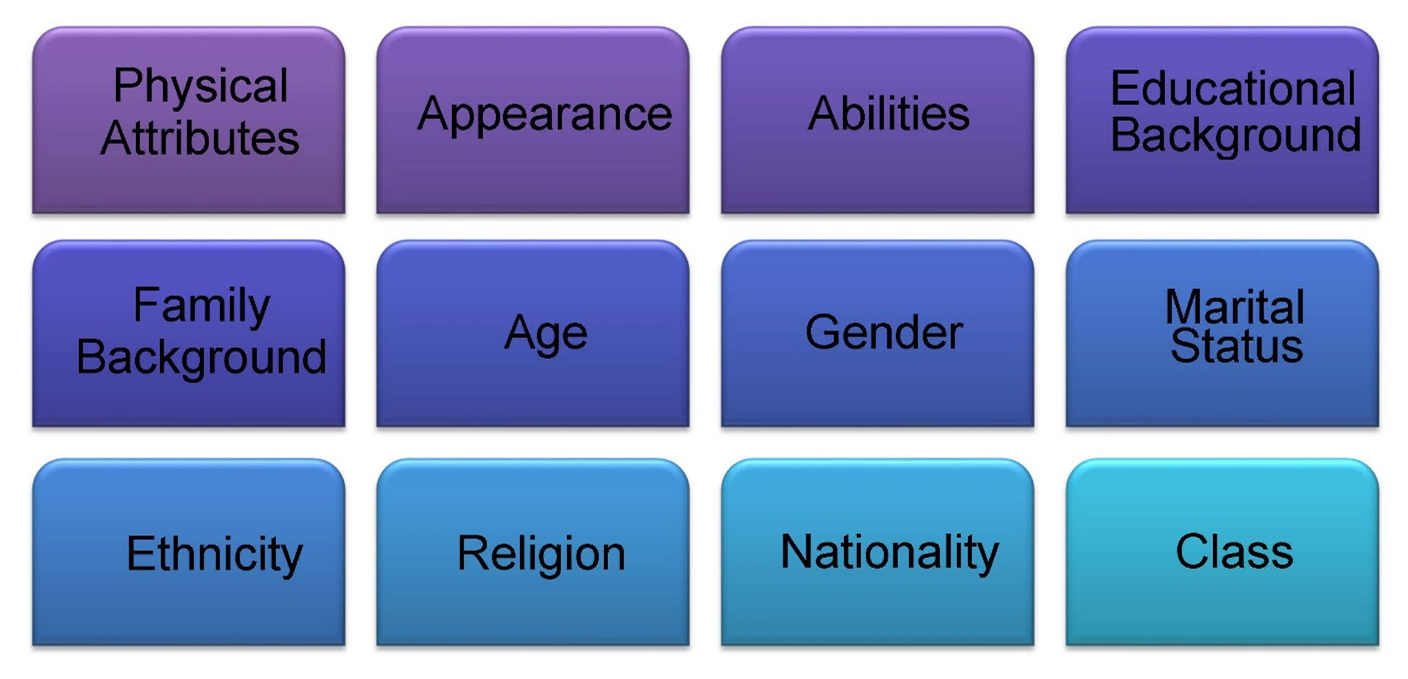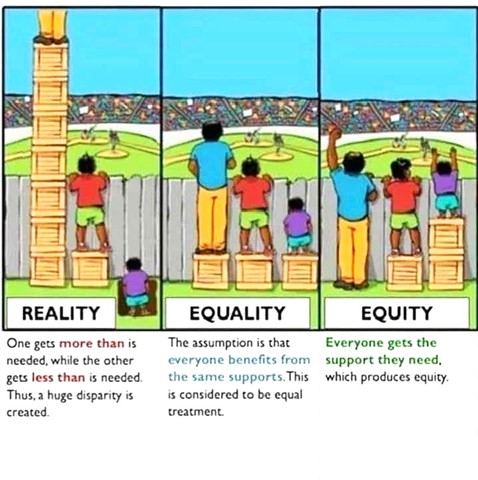History of DE&I

Although much of the attention has been focused on Diversity, Equity, Inclusion and Accessibility (DEIA) in the past decade, the field itself has been around for much longer than that. Affirmative action and equal employment laws were enacted in the middle of the 1960s, following the introduction of equal employment laws and affirmative action.
As a response to these new laws, companies developed diversity training programs aimed at facilitating employees' adaptation to working in increasingly integrated office environments.
The law, then and now, also forbade discrimination based on a person's race, gender, national origin, religion, and (later) age. However, in the view of many, DEIA has not historically resulted in significant progress.
Prior to the 1960s, companies were widely known for their unfavorable reputation regarding racial discrimination. The issuance of President Truman's Executive Order in 1948 brought about a significant change in the circumstances, guaranteeing equal access and treatment for individuals of all races within the armed forces. The Civil Rights Act of 1964 was an important turning point in the struggle against prejudice because it made it illegal to discriminate in hiring and promotion. This law was a historic event since it mandated for the first time that businesses may no longer discriminate based on race, gender, national origin, religion, or age. While these legal reforms have been a step in the right direction, questions remain about whether or not DEIA projects are actually effective in bringing about lasting change within corporations.
How OLMS Promotes Diversity
The Office of Labor-Management Standards (OLMS) is an agency that actively promotes diversity, equity, inclusion, and accessibility in the workplace - including race, gender, sexual orientation, and ability. You can view resources below to learn more about the ways that OLMS is supporting different aspects of diversity to create a more inclusive and equitable workplace.
It Is Everyone’s Responsibility
Everyone has a duty to take action in regard to DEIA. The DEIA journey is difficult and complex. For every employee and stakeholder at OLMS, we must continue moving forward, creating space for the growth of an inclusive and compassionate culture.
Every organization and individual should begin thinking about their areas of influence and the actions they may take to further DEIA activities. Together, we may strike up discussions and encourage one another to act. We must be courageous, honest, and upfront if we want to succeed. We in OLMS want to lead that discussion and make that progress.
How we define Diversity, Equity, Inclusion and Accessibility:
What Is Diversity?
Diversity is the existence of variety in a certain environment. This can refer to variations in socioeconomic status, gender identity, age, sexual orientation, and ethnicity in the workplace. Additionally, diversity might refer to distinctions in veteran status, physical capabilities (or limitations), and whether you are a parent.

The visible, outward distinctions are frequently mentioned while talking about diversity in the workplace. But what about the importance of variety of thinking in the workplace? OLMS is committed to fostering diversity in all its aspects and manifestations.
Why Does Diversity Matter?
Diversity at work affects how well people do their jobs, how creative they are, and how much they get done. It makes them feel like they fit more, makes the workplace more positive, and gets more people involved. More importantly, diversity has a direct effect on strategic planning, resource allocation, decision making, operations, and other aspects of the agency's work. Organizations that respect diversity can come up with new ideas, solve problems, grow, and run more efficiently.
Diversity: Acknowledges all the ways people differ: race, sex, gender, age, sexual orientation, disability, socioeconomic status, religious beliefs, and more.

What Is Equity?
Equity in the workplace is the idea that all employees are provided with fair and equal opportunities based on their individual needs. Equity recognizes that not all employees are afforded the same opportunities, and it addresses the imbalance of opportunities available to them.
Employees go to work every day for equity. They seek fair compensation for their labor. They want to be challenged, learn new skills, and be able to contribute to the company's success.
Why Does Equity Matter?
OLMS takes equity into consideration for several reasons. It takes into consideration the fact that not everyone starts at the same place. Therefore, it is only with an understanding of employees’ needs, OLMS can treat people fairly.
Employing a more diverse staff, attracting more talent, and keeping employees longer are all benefits of embracing equity in the workplace. It is the right thing to do and it improves OLMS’ ability to accomplish our mission and provide an exemplary work environment for our investigators and other employees.
Equity is frequently used synonymously with equality, but there is a key distinction: equity distributes resources according to needs, while equality is a system in which every individual is given the same possibilities regardless of circumstance. In OLMS, our managers are trained to eliminate the barriers that prevent equity.

What Is Inclusion?
Inclusion involves making sure that all employees feel a sense of belonging in the workplace. In OLMS, that means that all workers feel comfortable, appreciated, and supported by the agency to be their authentic selves, work in a way that suits them, and fulfil the OLMS mission in ensure deliver of their organization’s needs.
For better productivity, each employee should feel valued and appreciated at work by their employer and peers. It’s all about ensuring that all employees know they are welcome to the company and add value.
Why Does Inclusion Matter?
Inclusion plays a vital role in any business organization. In OLMS we know, for instance, an inclusive workforce enhances the productivity and retention rate of employees. In turn, creating an inclusive workplace is a vital aspect of a high-quality, “winning” employer. Maintaining it allows workplaces to have diversity, a better employee retention rate, and a well-oiled team.




Note: Even though professionalism and etiquette are vital in the workplace, employers should not bar individuals from being their authentic selves. As an employer, you should not make the employees shield their identity to fit in the company. Your employees should walk through the door without feeling intimidated about who they are.
Last Updated: 12-15-23
